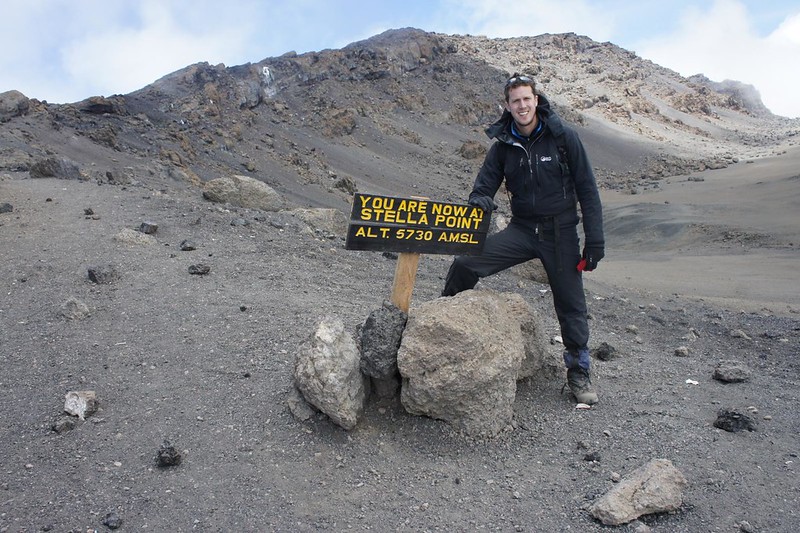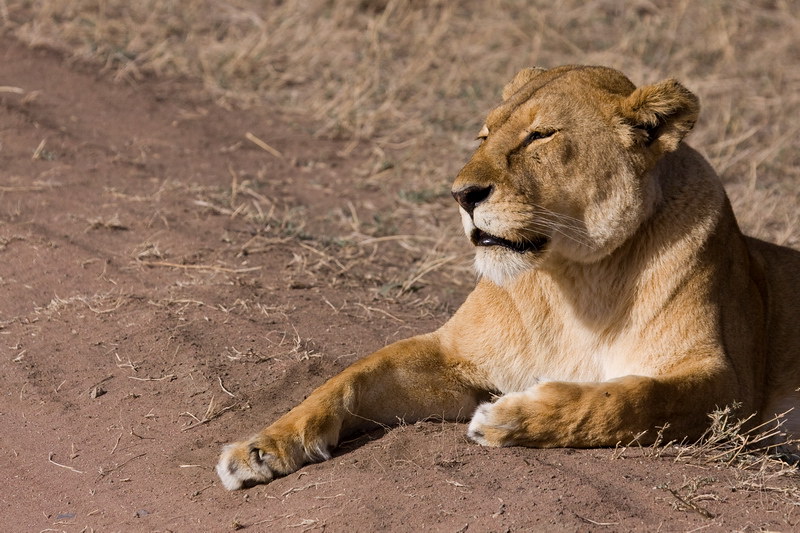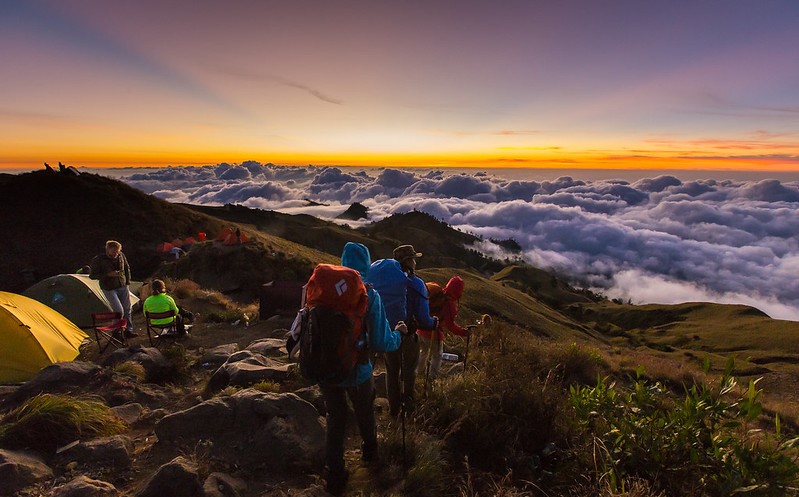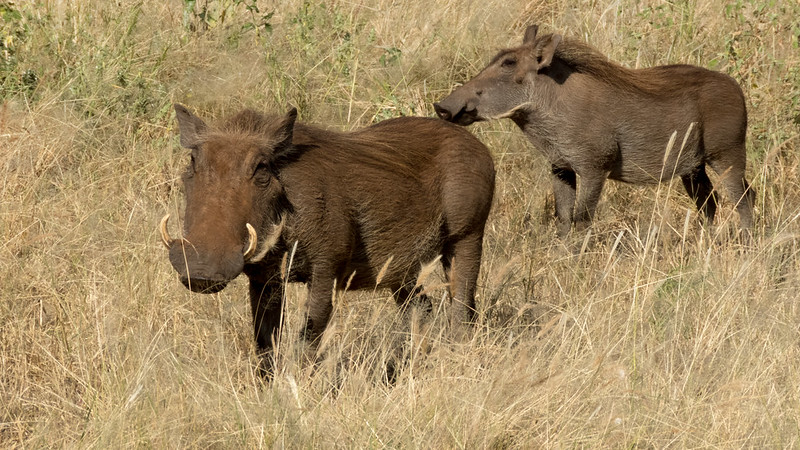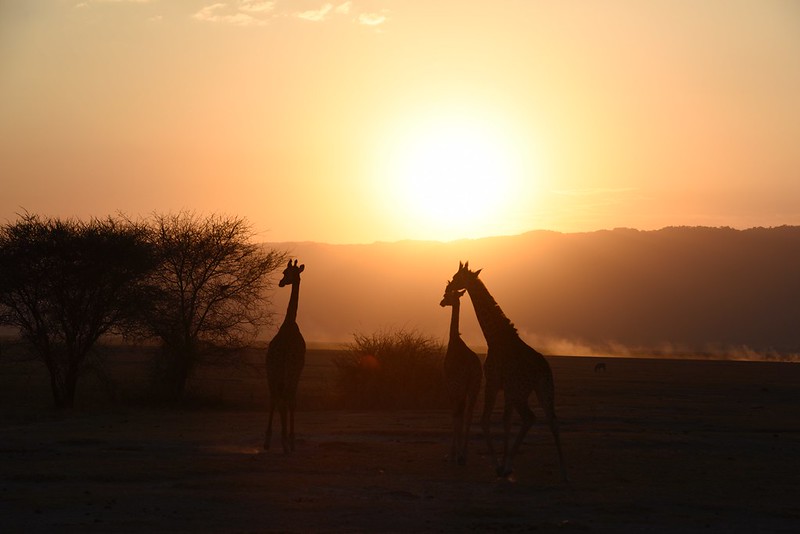Mount Kilimanjaro, Africa’s highest peak, offers a unique trekking experience that can be enjoyed year-round. However, certain months provide more favorable conditions than others, with variations in weather, temperature, and trail conditions that can significantly impact your climb. In this article, we’ll outline the best times to climb Kilimanjaro, focusing on the optimal trekking seasons and how the mountain’s weather patterns influence your experience.
Winds and Kilimanjaro Weather
Kilimanjaro’s weather is primarily shaped by the interaction of trade winds with the mountain’s massive structure. These winds bring varying amounts of moisture and temperature changes that define the distinct climbing seasons on the mountain.
The South-east trade winds, which travel across the Indian Ocean, are laden with moisture. When these winds reach Kilimanjaro around March, they are forced upwards, causing the air to cool and condense, leading to cloud formation and precipitation. This results in the wettest season on Kilimanjaro, particularly from March through to May. During this time, the southern slopes of the mountain are especially prone to heavy rain and cloud cover.
If you find yourself planning a trek during the rainy months of April or May, we recommend considering the Rongai Route. This route begins on the northern side of Kilimanjaro, which tends to be drier than the southern routes during this season, offering a more comfortable climbing experience despite the less favorable weather elsewhere on the mountain.
In contrast, the anti-trade winds from the North-east carry much less moisture but are quite strong. These winds dominate from April through to October, pushing the moist South-east trade winds downwards and restricting cloud cover and precipitation to the lower slopes. As a result, these months generally offer drier and clearer conditions, making it an ideal time for trekking.
Best Trekking Seasons on Kilimanjaro
When considering the best time to climb Kilimanjaro, two distinct trekking seasons stand out: January-March and June-October.
January-March Trekking Season
The period from January to March is one of the most popular times to climb Kilimanjaro, but it comes with its own set of conditions. This season is generally colder than the mid-year months, with a higher likelihood of encountering snow on the summit. For some climbers, the presence of snow adds a thrilling challenge and a breathtaking visual element to the climb. However, others might find the colder temperatures more difficult to manage.
One of the advantages of trekking during this season is that the slopes are typically quieter, with fewer climbers on the mountain. This can provide a more serene and solitary experience, allowing you to enjoy the natural beauty of Kilimanjaro without the crowds that gather during the busier months.
June-October Trekking Season
The June to October period is another prime time to climb Kilimanjaro, coinciding with the summer holidays in Europe and North America. The weather during these months is generally warmer and drier, with clear skies offering stunning views from the summit. However, because this season aligns with the holiday period in many countries, the trails can become quite busy, particularly on the more popular routes like the Marangu and Machame routes.
Despite the increased traffic, the June-October season remains a favorite for many climbers due to the favorable weather conditions and the social aspect of trekking with a larger group of adventurers. This season offers the perfect balance of comfortable weather and a lively atmosphere, making it an excellent choice for first-time climbers or those looking for a more sociable experience.
Months to Avoid for Trekking
While Kilimanjaro can technically be climbed at any time of the year, there are certain months that are less ideal for trekking due to the weather conditions. March, April, and November are the wettest months on Kilimanjaro, with heavy rains making the trails slippery and more challenging to navigate. The increased cloud cover can also obscure the stunning views that are a highlight of the climb, and the damp conditions can make camping less comfortable.
During the wet season, snowfall and cold temperatures are common, particularly between December and May. While some climbers may be prepared for these conditions, they generally make the climb more difficult and less enjoyable, particularly for those who are not accustomed to trekking in such environments.
Choosing the Right Time for Your Climb
When planning your Kilimanjaro adventure, it’s essential to consider your personal preferences and experience level. If you’re looking for a quieter, more solitary trek and don’t mind colder temperatures, the January-March season may be ideal for you. On the other hand, if you prefer warmer weather and don’t mind sharing the trail with more climbers, the June-October season offers excellent conditions and a vibrant trekking community.
No matter when you choose to climb, it’s crucial to be well-prepared for the conditions you’ll face on the mountain. Proper gear, including waterproof clothing, sturdy boots, and warm layers, is essential for a safe and successful climb. Additionally, choosing the right route based on the season can make a significant difference in your overall experience. The Rongai Route, for example, is a great option during the wetter months, while the Machame or Marangu routes are popular choices during the drier seasons.
Conclusion: The Best Time to Climb Kilimanjaro
Climbing Mount Kilimanjaro is a bucket-list adventure that offers stunning scenery, physical challenges, and a profound sense of accomplishment. While it’s possible to trek Kilimanjaro year-round, the best time to climb Kilimanjaro is during the two main trekking seasons—January-March and June-October—when the weather is most favorable. By carefully choosing the time of year and the route that best suits your preferences, you can maximize your chances of reaching the summit and enjoying every moment of this extraordinary journey.
Whether you’re drawn to the quieter, snow-covered slopes of early spring or the warm, bustling trails of summer, Kilimanjaro promises an unforgettable adventure that will stay with you long after you’ve descended from the Roof of Africa.

